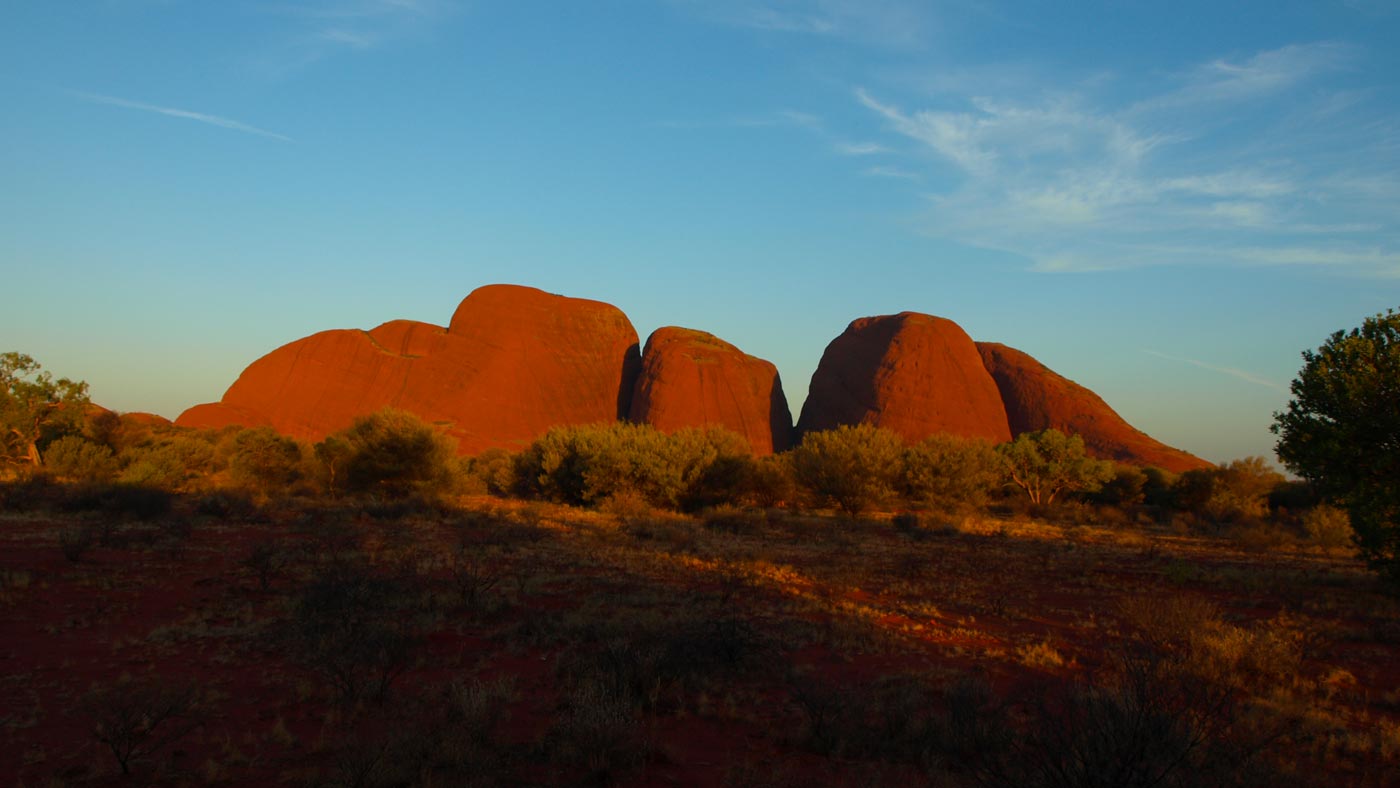Exploring Kata Tjuta (The Olgas) on a Walking Tour
Discovering the mesmerizing beauty of Kata Tjuta, also known as The Olgas, on a walking tour offers an unforgettable experience of Australia’s natural wonders. This article delves into the key aspects of exploring Kata Tjuta, from its historical significance to the best walking trails that showcase its magnificent rock formations and stunning landscapes.
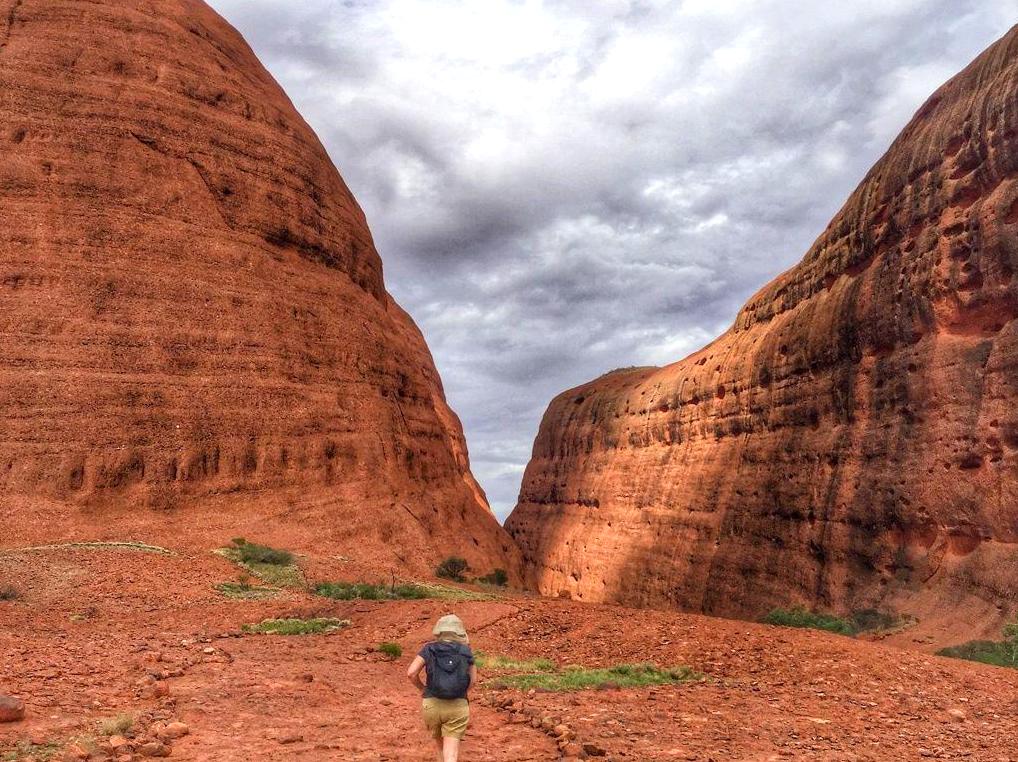
An Overview of Kata Tjuta’s Historical Significance
Kata Tjuta, which means “many heads” in the Pitjantjatjara language, holds great cultural importance to the Anangu people, the traditional custodians of the land. The site consists of 36 domed rock formations that rise dramatically from the surrounding desert landscape. These ancient rocks are estimated to be over 500 million years old and play a significant role in Aboriginal ceremonies and stories, known as Tjukurpa, that are passed down through generations.
Visitors to Kata Tjuta gain not only a visual feast but also deep insights into the spiritual connections that the Anangu have with the land. Respect for these cultural traditions is paramount during any visit, and guided tours often include educational elements about the history and significance of Kata Tjuta.
The Most Popular Walking Trails
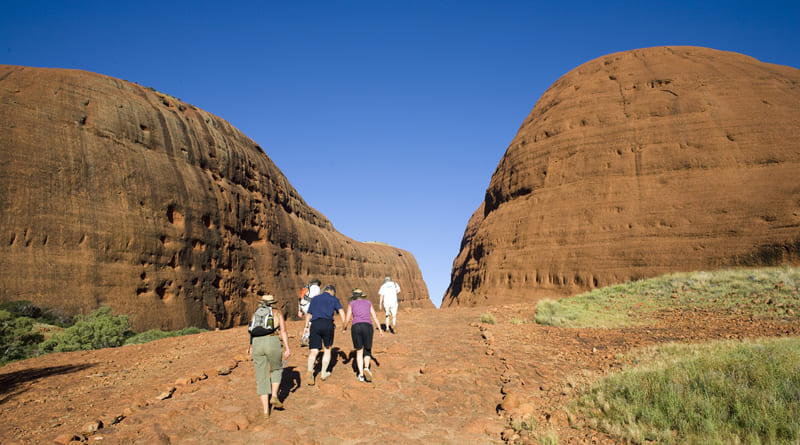
Exploring Kata Tjuta on foot is the best way to fully appreciate its grandeur. There are several well-marked walking trails ranging from easy to challenging, each offering unique perspectives of the rock formations. The most popular trails include:
- Walpa Gorge Walk: This relatively easy walk takes about an hour and leads you through a serene, rocky landscape to Walpa Gorge, showcasing the towering domes from ground level.
- Valley of the Winds: A more challenging trail, it offers two lookout points, Karingana and Karu, each providing stunning panoramic views of Kata Tjuta. The full circuit takes approximately 3-4 hours and is well worth the trek for avid hikers.
- Shorter walks and view points: For those who prefer less strenuous activities, there are shorter walks and designated viewpoints that can be easily accessed and still offer spectacular scenes of the Oktas.
The Best Times to Visit Kata Tjuta
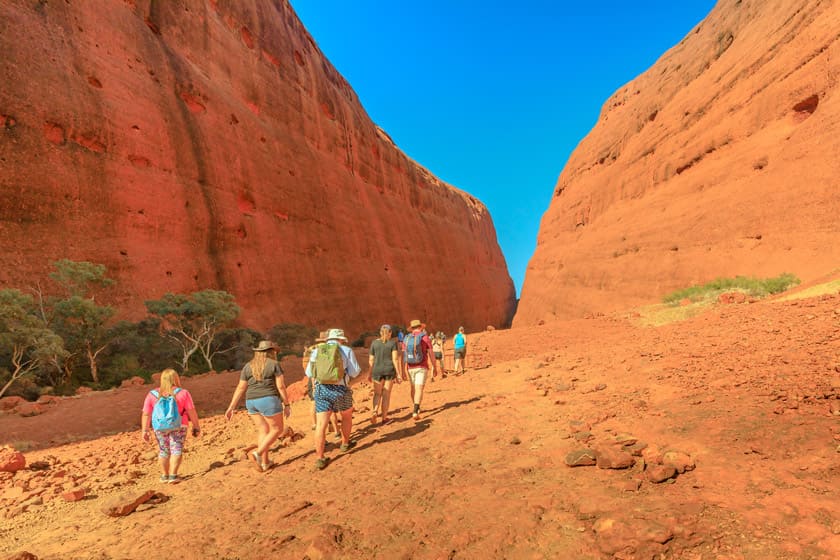
Timing your visit to Kata Tjuta can greatly enhance your experience. The best months to explore are during the cooler months, from May to September, when temperatures are more moderate. Early mornings and late afternoons offer the most comfortable temperatures for walking and are perfect for photography, as the lighting during these times highlights the rich, red hues of the rock formations.
Summer visits are less recommended due to extreme heat, which can be dangerous for strenuous activities. Always check weather forecasts and trail conditions before your walk, and carry sufficient water, sun protection, and sturdy footwear.
Wildlife and Flora
As you venture along the trails, you’ll encounter a diverse array of wildlife and plant species unique to the area. Watch for wallabies, perentie lizards, and a variety of bird species that make Kata Tjuta their home. The region is also rich in flora, from desert oaks and spinifex grasses to colorful wildflowers that bloom following rare rain showers.
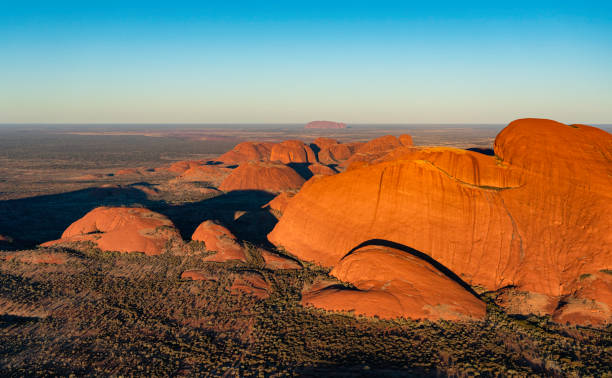
These sights not only add to the natural beauty of Kata Tjuta but also offer a chance to learn about the region’s ecological significance. Guided tours often provide detailed information about the native species and their adaptations to the harsh desert environment.
Guided Tours vs. Independent Exploration
Deciding whether to join a guided tour or embark on a self-guided adventure depends on your preferences and experience level. Guided tours are highly recommended for first-time visitors as they provide valuable insights into the cultural and natural history of the area. Experienced guides can enhance your understanding and ensure a respectful and safe exploration of the sacred land.
For those who prefer independence, clear signage and well-maintained trails make it possible to explore Kata Tjuta on your own. However, it’s crucial to be well-prepared and informed about the area’s regulations and safety guidelines to ensure a safe and enjoyable visit.
Conclusion
Exploring Kata Tjuta on a walking tour is a remarkable journey into one of Australia’s most revered natural landmarks. The towering rock formations, rich cultural heritage, and diverse flora and fauna create an unmatched experience that resonates with nature enthusiasts and history buffs alike. Whether you choose a guided tour or independent exploration, Kata Tjuta promises unforgettable memories and profound appreciation for its natural and cultural significance.
FAQs
Is Kata Tjuta accessible year-round?
Yes, Kata Tjuta is accessible year-round; however, the best times to visit are during the cooler months from May to September when temperatures are more comfortable for outdoor activities.
Are there any entrance fees for Kata Tjuta?
Kata Tjuta is part of the Uluru-Kata Tjuta National Park, and visitors are required to purchase a park pass. This pass allows entry to both Uluru and Kata Tjuta and helps support the conservation of the area.
Can I visit Kata Tjuta on my own, or do I need a guide?
You can visit Kata Tjuta on your own or join a guided tour. Guided tours provide valuable cultural and historical insights, while independent exploration offers flexibility. Just ensure you are well-prepared and aware of park regulations.
What should I bring for a walking tour at Kata Tjuta?
Essential items for a walking tour include plenty of water, sun protection (hat, sunscreen, sunglasses), sturdy walking shoes, a map or GPS device, and a camera. During hotter months, carrying extra water and staying hydrated is crucial.
Is there accommodation near Kata Tjuta?
Yes, there are various accommodation options near Kata Tjuta, including camping grounds, hotels, and resorts. The nearby Ayers Rock Resort offers a range of accommodations to suit different budgets, all within a short drive to Kata Tjuta.
